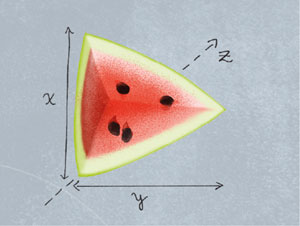Clean eating has become the hot topic of many conversations in the wellness world. However, there is controversy surrounding the research behind it, as some scientists argue it can lead to disordered eating.
In this Honest Nutrition feature, we investigate the studies behind clean eating and its potential risks and benefits.
This series of Special Features takes an in-depth look at the science behind some of the most debated nutrition-related topics, weighing in on the facts and debunking the myths.
Feed your curiosity with the latest in medical science by signing up for our newsletter. Food bloggers, social media influencers, and magazines commonly relied upon for nutrition information often promote so-called clean eating.
Many supporters of this concept promise benefits such as weight loss, radiant skin, and improved energy.
The fundamentals of clean eating involve choosing natural, nutrient-dense foods and avoiding processed and refined foods.
Taking a “clean” approach to eating can lead to an overall healthy lifestyle and weight management. However, some interpretations of clean eating may lead to unhealthy consequences.
In this Honest Nutrition feature, we explain what clean eating is, its potential benefits, and its risks.
We will also take a look at the latest research surrounding clean eating. Clean eating is a movement that has rapidly grown in popularity over the last decade.
Despite many people committing to clean eating to get healthier and lose weight, there is no clear definitionTrusted Source of clean eating.
Generally speaking, “clean eatingTrusted Source” could be described as choosing foods that are natural and wholesome.
This includes foods that are free from additives, preservatives, and refined and processed ingredients.
Although the term likely emerged with good intentions, the lack of clarity surrounding it leaves it open to interpretation, which may mean that some adherence could take it too far.
For example, some may choose a less restrictive approach and follow a clean eating pattern similar to those outlined in the Dietary Guidelines for Americans.
This may include eating more whole fruits and vegetables, beans, and high-quality proteins while limiting processed foods. However, others may be more restrictive and eliminate foods such as dairy, gluten, and sugar.










